Greek clay diatomite – Very fine 20 micron powder – Natural insecticide for walking insects and mites. In industry it is used in cleaning and environmental management. Packaging 20 kg.
Information
The Greek clay diatomite is mined from selected areas in Thessaly and is a natural mixture of diatomite and clays in a ratio of approximately 50%-50%. It is a completely natural product, non-toxic, non-corrosive, acid-resistant and completely harmless, most of it consisting of amorphous silica.
It is similar in terms of geological conditions and composition to the Danish clay diatoms that are known worldwide (moller) for their multiple uses in industry, agriculture and animal husbandry due to their high absorption capacity (mined on the Danish islands of Fur, Mors and Nordsalling). Diatomite is a sedimentary mineral consisting of an accumulation of fossil diatoms usually mixed with clay in various proportions.
As a rock it consists mostly of silica with an admixture of clays. The products produced from it are 100% natural.
It has high porosity, low density, has inherent stability (chemical and thermal) and contains no residual foreign matter other than clay. The raw material undergoes a series of processes: drying, grinding and air classification so that the final product consists mainly of silica and admixture of clays and is practically inert , with the final product being an off-white powder.
It is the structure of diatomite that gives it the properties that make it valuable. It has a large grain surface area, high porosity, absorbent and thermo-insulating properties.
The criterion for absorbency is the expansion of the grain surface area, it is 53.4m2. It is slightly larger than the Danish Diatomite, which is about 50 m2 according to the analysis of the National Centre for Technology and Development EKETA).
What are diatoms?
Diatoms are single-celled aquatic algae of the family Bacillariophyceae, which produce a hard and porous cell wall or outer layer composed of silica called “frustule”, and resembles tiny jewels.
They appeared during the Jurassic period (185 million years ago). Their name is due to their ability to multiply by bisection. Diatomite is based on the extraction of amorphous silica from water to build a strong wall of symmetrical holes. The dead diatoms sink into the water, accumulate and form large deposits known as diatomaceous earth.
Applications
Greek clay diatomite is used as a 100% natural insecticide for walking insects and mites. Its mode of action is mechanical. It easily adheres to the bodies of insects and mites as they walk, tearing off their waxy coating with its glassy structure. This has the effect of absorbing their fluids, causing them to dehydrate and eventually die. The important thing is that the insects gain no immunity. This is because its action is not due to a chemical substance or a chemical reaction.
The diatomite in the environment
Absorbent for all kinds of liquids, wastewater.
For the safe removal of all types of liquid waste water with simultaneous dewatering. The mixture of diatoms and clays has been tested worldwide for its very high absorption capacity (e.g. Danish moller).
The diatomite in animal husbandry
As bedding material on livestock farms
It absorbs odours and moisture, maintaining a healthy environment. Also for mixing with animal faeces and their hygienic removal.
Additive in animal feed
As a carrier with absorption of fats, molasses, vitamins, liquid additives, etc. It is particularly useful where the environment is acidic and marble dust cannot be used.
In feed silos
To avoid clumping. Clay diatomite is a completely natural product mined in certain parts of the world (e.g. the Danish islands of Fur, Mors and Nordsalling). They have proven their usefulness when added to animals’ rations, where they improve the functioning of their gastrointestinal tract.
Qualitative characteristics of Greek clay diatomite
The Greek clay diatomite comes from a private quarry of the company OLYMPOS. The clay diatolites of this site consist of disc-shaped and cylindrical diatomite shells composed of amorphous SiO2 (Opal-A) and Smectite and Illite group clays. Ratio of diatoms to clays: ~60/40.
Particularly emphasized is the large surface area of its grains (53,4m2/gr – EKETA) which makes it comparable to the globally known for its applications of Danish clay diatomite (Moler). Qualitatively, the material is suitable both for thermal insulating building elements, lightweight aggregates (LWA) and for industrial absorbents. This has been confirmed by research on a semi-industrial scale.
Further research has demonstrated the applicability of the superfine product -20 microns, as an insecticide for peripatetic insects in grain silos and for dicotyledonous spraying. Also as a component of agricultural soil improvers and in general as a source of absorbable amorphous silica .
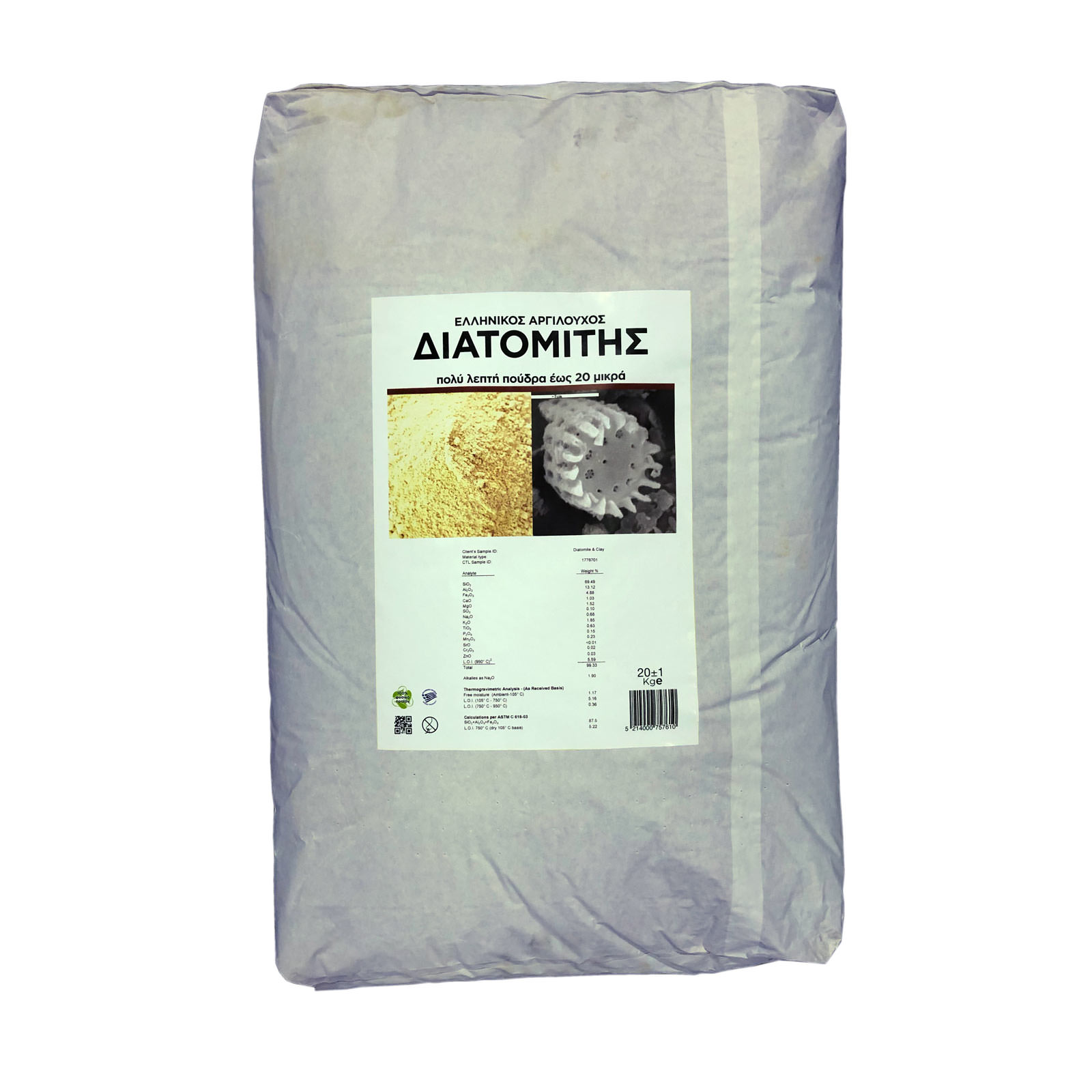
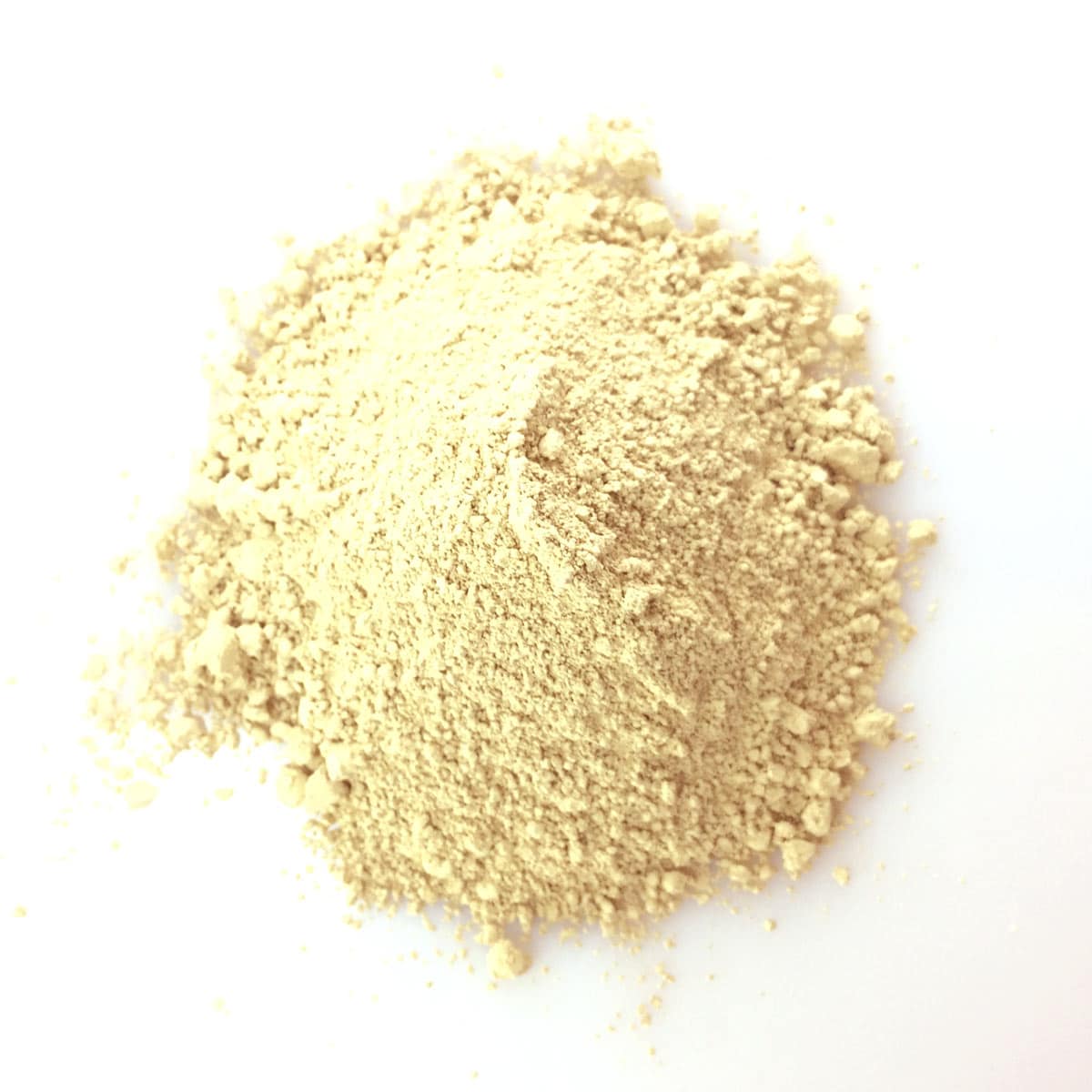
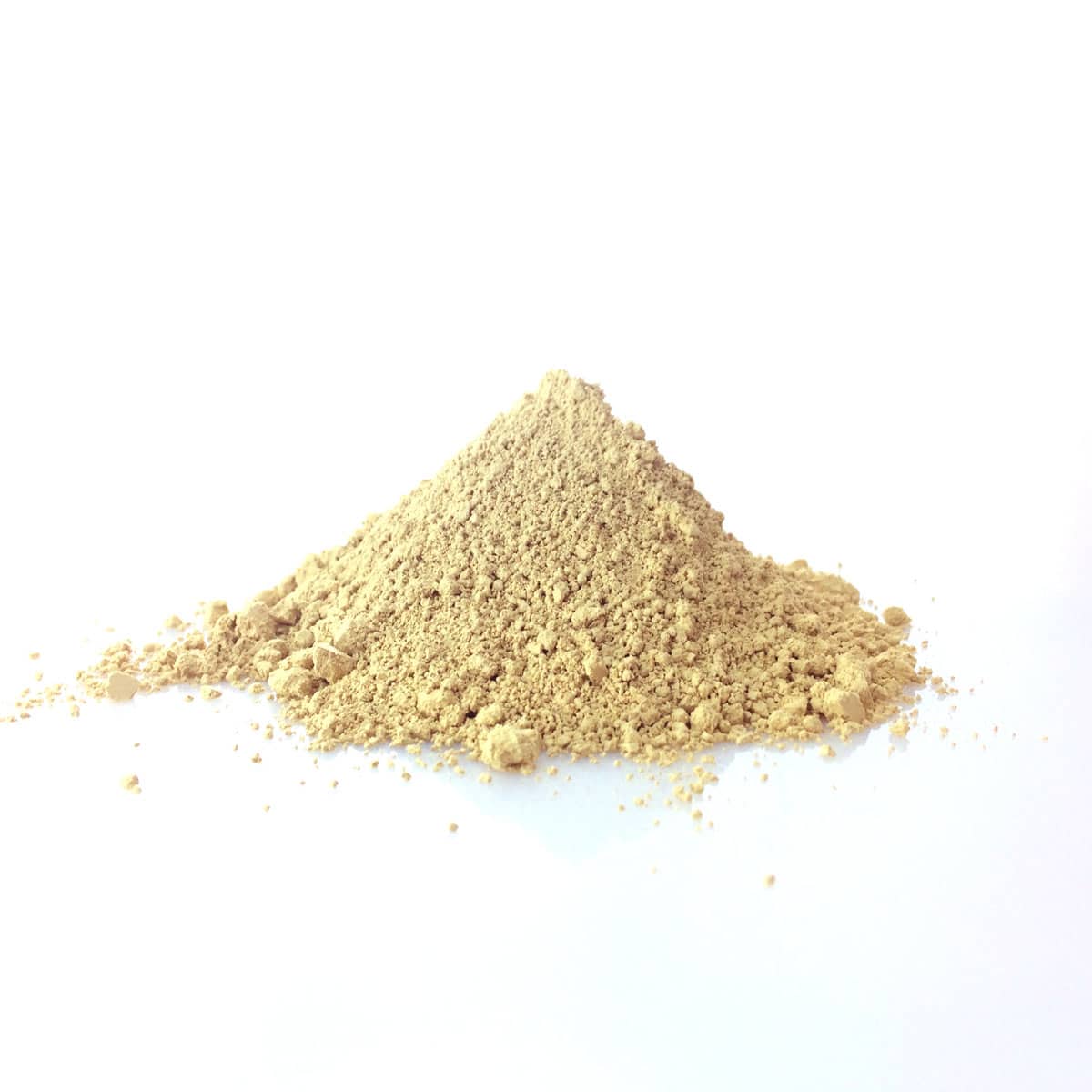
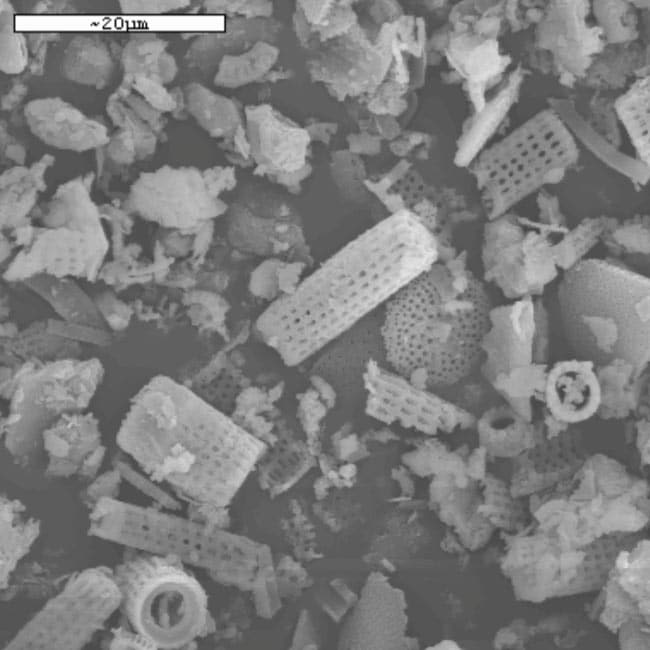
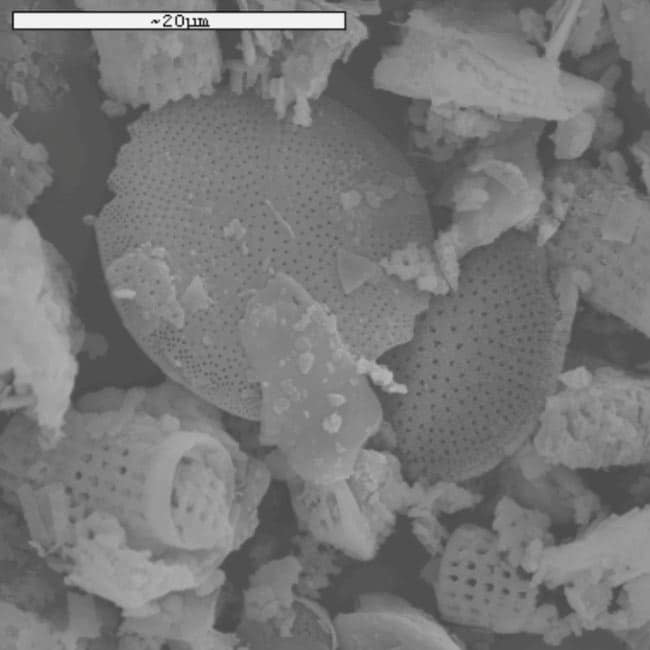
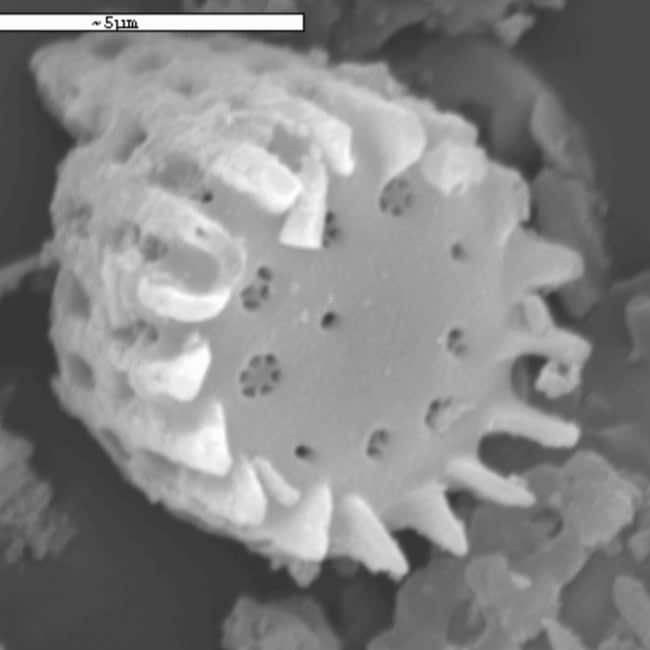
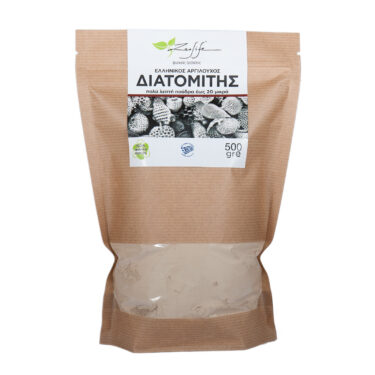

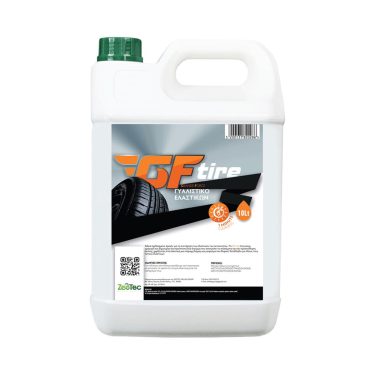
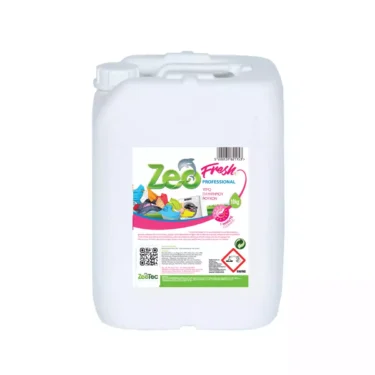



ΠΟΛΥΞΕΝΗ ΤΣΑΓΚΑΡΗ (verified owner) –
Πραγματικά εξαιρετικό προϊόν. Το χρησιμοποιώ – ως ψαγμένος ερασιτέχνης με απόλυτη βιολογική συνείδηση – στο κοτέτσι που έχω φτιάξει στην άκρη του κτήματός μου στην Αίγινα. Όταν χρειάστηκε να το καθαρίσω για πρώτη φορά προ 3 ετών, ο άνθρωπος που το ανέλαβε μου είπε πως το κοτέτσι και οι κότες είχαν πιάσει ψείρες. Ανατρίχιασα. Η μοναδική λύση που μου έδωσαν οι πάντες – γεωπόνοι, φυτώρια, ο ντόπιος συνεταιρισμός και όλοι οι “ειδικοί”, ήταν ψεκασμός με χημικά. Δεν υπήρχε πιθανότητα να το κάνω βεβαίως… Έψαξα στο διαδίκτυο και βρήκα τον Διατομίτη. Καθάρισα το κοτέτσι, το άσπρισα, έριξα πριονίδι παντού και μετά σκόρπισα ποσότητα περίπου 5 κιλά παντού. Το κοτέτσι ΔΕΝ ΜΥΡΙΖΕΙ ΚΑΘΟΛΟΥ. Δεν φαντάζεται κάποιος οτι εκεί υπάρχει κοτέτσι. Οι κότες μου είναι πεντακάθαρες. Δεν υπάρχει ίχνος ψείρας. Καθαρίζω το κοτέτσι σε πραγματικά αραιά διαστήματα 4 φορές τον χρόνο -έτσι απλά για να είναι πιο καθαρό, χωρίς να ασβεστώνω απλά ρίχνω ροκανίδι και 5 κιλά Διατομίτη. ΔΕΝ υπάρχει κανένα έντομο. Το συνιστώ θερμά σε όλους!!!!!
Αριστοτέλης (verified owner) –
Λόγω του τόπου διαμονής έχουμε συνεχείς μετοικισμούς μυρμηγκιών και χρειάζεται αντιμετώπιση κάθε χρόνο.
Φέτος, αυτό άρχισε πριν από 1 βδομάδα, με ταυτόχρονο ψέκασμα σαπουνόνερου για αφίδες (λεμονιές βρίσκονται σε ανθοφορία, οπότε χημικά απορρίπτονται) και διατομίτη για μυρμήγκια.
Προχθες το βράδυ ψεκάσαμε διατομίτη, και σήμερα ο πληθυσμός έχει μειωθεί δραματικά.
Χρειάζεται τακτικός έλεγχος και επανεφαρμογή σε σημεία που έχει βραχεί ή καινούριες εξόδους φωλιών, αλλά κάνει πολύ καλή δουλειά σε σημεία που αντενδείκνυται η χρήση χημικών (κοντά σε ρίζες οπωροφόρων/λαχανικών, εισόδους/εξόδους σπιτιού).
Νεκτάριος (verified owner) –
Το ράντισμα θα γίνει σε δέντρα λεμονιές, πορτοκαλιές και μανταρινιές.
Αριστοτέλης (verified owner) –
Πασπαλίζοντάς τη σκόνη γύρω και πάνω από τις εξόδους των φωλιών και κατά μήκος των μονοπατιών των μυρμηγκιών, 1 βδομάδα μετά πασχίζω να δω μυρμήγκι.